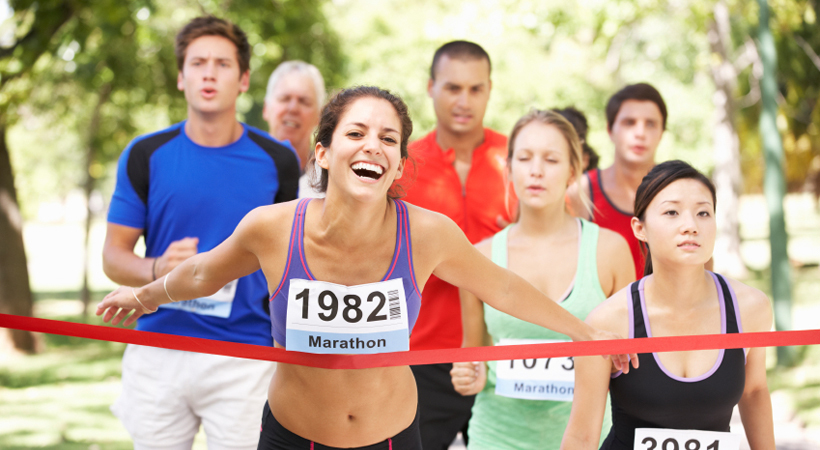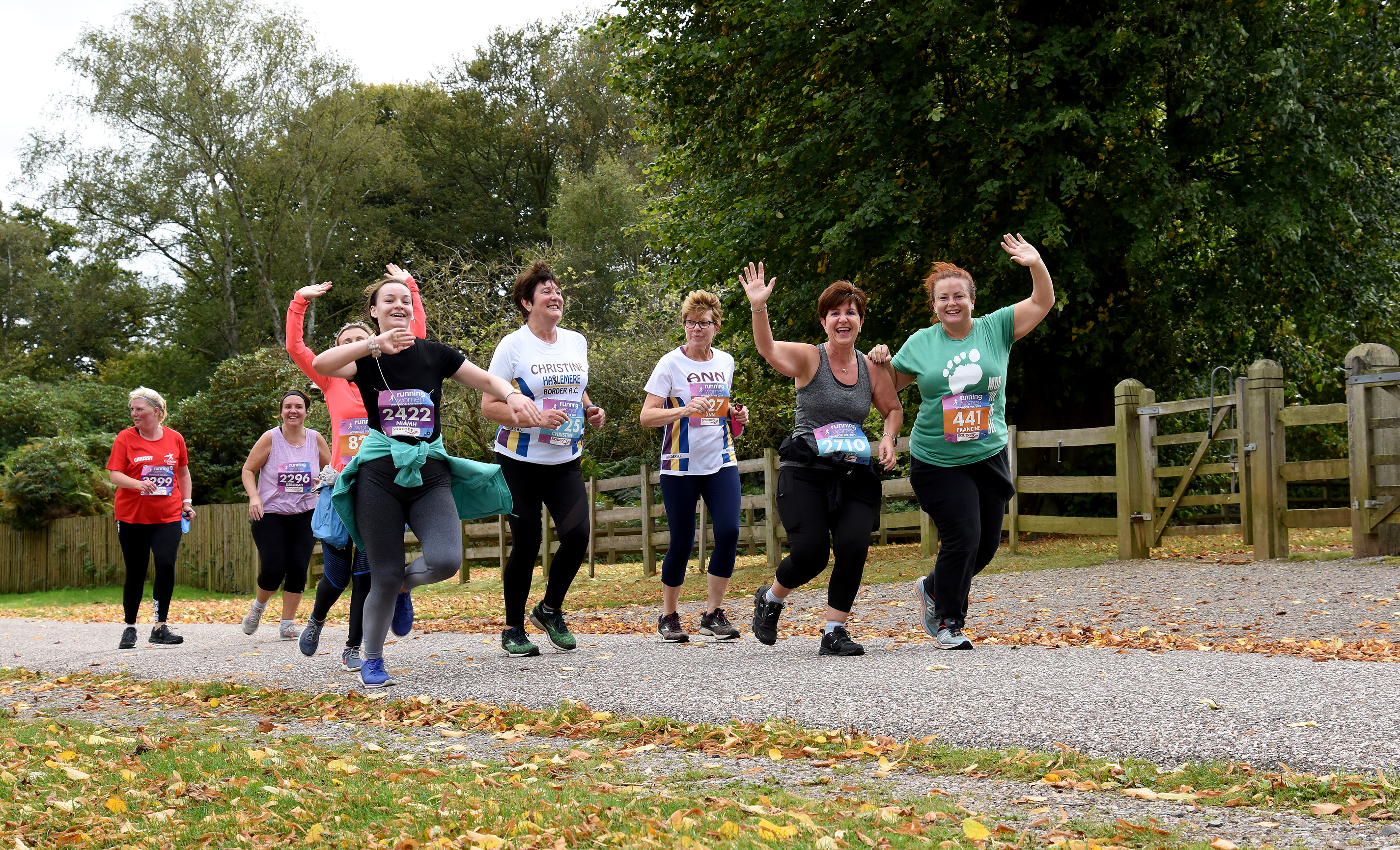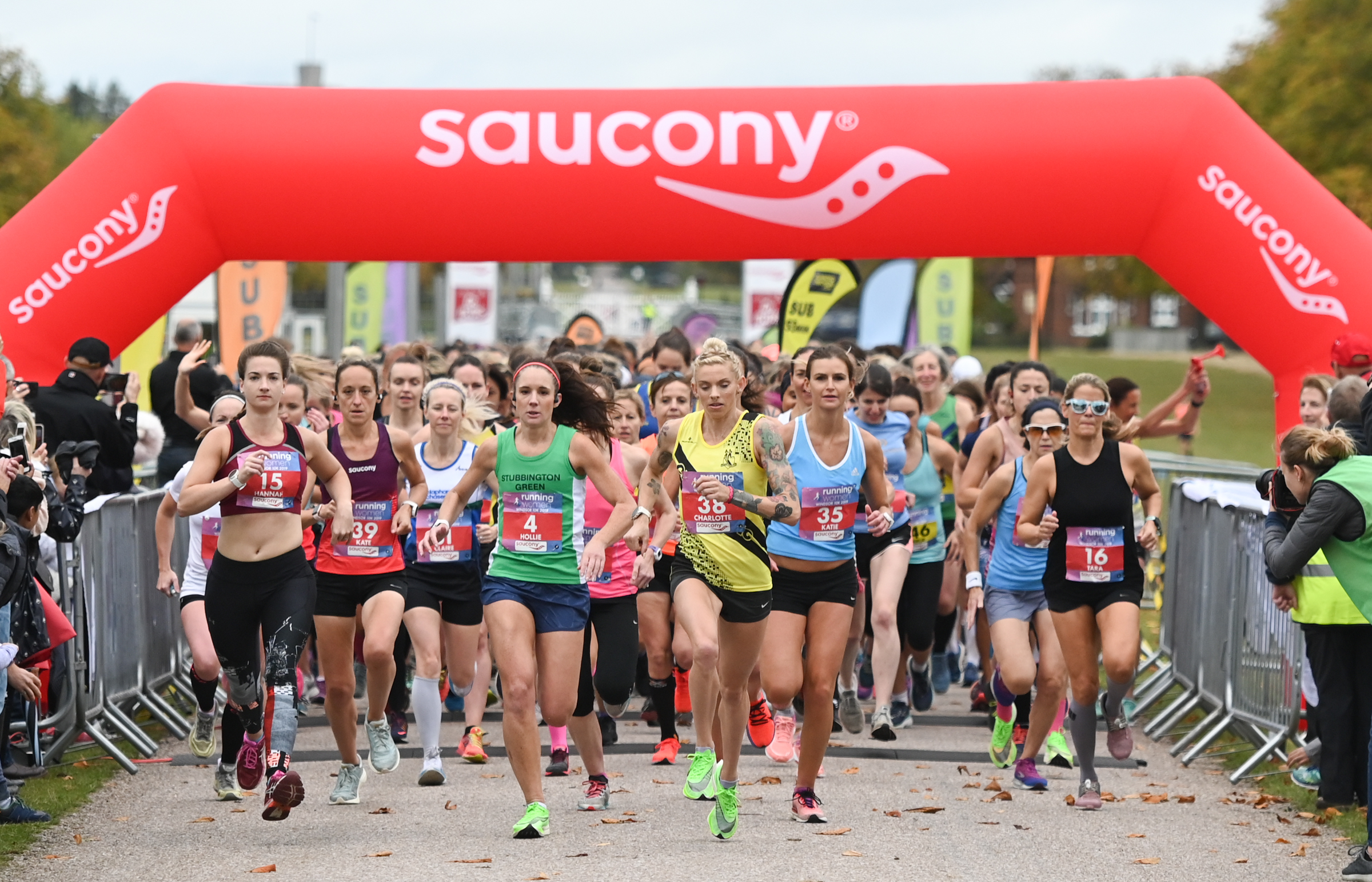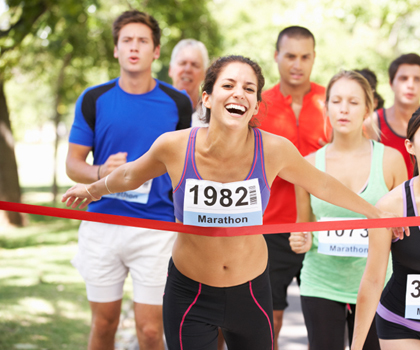How To Recover More Quickly From A Marathon
We’re well into marathon season! If you’re one of our incredible marathon runners, recover faster with these tips.
 You approached your marathon training with focus and diligence. Now you need to do the same for your recovery.
You approached your marathon training with focus and diligence. Now you need to do the same for your recovery.
How long will it take to recover from 26.2 miles of effort? There’s no rule (unfortunately!) You recovery will depend on several factors, including how your training went, how long you’ve been running for, whether this was the longest you’ve ever run, and what the weather and temperature was like on the day. What you ate and drank on race day (and in the few days before) will have an impact, too.
What Happens To Your Body During A Marathon
You don’t need us to tell you that a marathon is no easy task. It’s long, tough, and gruelling. Running 26.2 miles is very demanding on even the fittest of bodies. Your body’s inbuilt fuel stores of glycogen will be depleted, you’ll build up inflammation in your muscles, you might damage muscle tissue or connective tissue, and you’ll probably end up dehydrated.
What Can You Expect?
Here are the 4 most common things marathon runners will contend with after their marathon – and what you can do to speed up recovery.
1. Tiredness & Fatigue
It’s not surprising that you feel tired the week after a marathon. You have, after all, just run a marathon! This feeling of tiredness is partly physical fatigue, partly a post-race mood slump, and partly hunger. It’s normal to feel very tired, sore, and even a little jet-lagged after a marathon. If you feel down and depressed, it could be a case of the post-marathon blues (we’ll blog about that next week).
What To Do:
– Schedule an easy week at work and home if possible.
– Get as many early nights as you can
– Have your Epsom salt bath
– Pop your feet up on a pillow, and drift off to sleep (try listening to a meditation audio or app).
– Take naps. If you can grab even 20 minutes for a nap during the day, do it!
2. DOMS
Delayed Onset Muscle Soreness is the soreness you’ll feel in your muscles a couple of days after the race. Your legs will probably have the worst DOMS (is walking down stairs painful?) but your calves, shoulders, arms, abs and back could be sore, too. DOMS can last for around a week.
What To Do:
– Drink plenty of water. Water helps the body deal with inflammation and may speed recovery from muscle soreness.
– Take a 20-30 minute Epsom salt bath – dissolve a large amount of Epsom salts before you get in (at least a cupful, if not more). The natural salts will help relax your muscles, rebalance lose magnesium, and promote better sleep.
– Ice therapy: wrap an ice block in a tea towel, or use frozen peas (if you don’t mind them defrosting) and rest the ice on the most painful area of DOMS. Keep the ice on for 5-10 minutes maximum, then remove for around 30 minutes, and repeat again.
– Elevating your legs above the level of your heart can help recovery. During the day, lie on the floor with your legs against the wall for no more than 30 minutes at a time. At night, if your sore legs are making it difficult to sleep, put a pillow either under your knees, or under your feet (you can do this overnight as the elevation is small).
– Compression: some runners report faster recovery from DOMS when they use compression clothing. If you have compression socks, tights/leggings, or a compression top, trying wearing it during the day or overnight in the week after your marathon.
3. Spike In Appetite
You used a lot of energy running your marathon, and your eating directly afterwards was possibly a bit off-schedule, too. The result? You will probably feel very hungry in the days after your race. Eat well: nourish your body with healthy, home cooked foods.
What To Do:
– Make sure you are well hydrated. We often mistake thirst for hunger. Drink plenty of water, sugar-free squash, herbal tea and fruit tea – more than you usually do.
– Eat healthy, nourishing food. It’s fine to eat treats after your marathon, but don’t crowd out the good stuff. Remember that your body is crying out for nutrients and energy from good sources. Try to cook meals and snacks rather than getting takeaways. Focus your meals on starchy carbohydrates (grains, potatoes, root vegetables, rice, oats, quinoa, cous cous, pasta, wraps), meat and fish (including oily fish, and red meat if you like it), whole eggs, and plenty of fruit and vegetables (the more colourful the better).
4. Blisters And Chafed Skin
Ouch, if your marathon has left you with chafed skin and blisters, you’re not alone. It’s amazing how painful the chafing from a sportsbra or running vest can be.
What To Do:
– For blisters, leave them be. Don’t burst them. Cover them with a protective plaster if that helps, but let them air as often as possible. If the blister broke whilst you were running, keep the skin clean and dry to prevent infection. Clean it twice a day in water with a little salt or tea tree oil, dry thoroughly, then put a plaster or gauze over the whole area. Once it’s healed enough to be dry, let it air as much as you can. If your blister takes ages to heal, or turns hot and angry, go to your GP.
– For chafed skin, let it breath as much as possible, and choose clothing which doesn’t rub on it. Wear a different design of top or sportswear for a few days. The good news is that you should be resting at the moment anyway, so you can wear soft crop tops or loose t-shirts rather than running kit.
Congratulations on your marathon finish! Take some time to reflect on your achievement, write down your memories of the day, and give your body the rest it deserves!
Similar Posts:
- How To Recover More Quickly From A Marathon
- What Is DOMS (And How Can You Deal With The Soreness)?
- What’s The Ideal Weekly Combination Of Training Runs?
- Post-Marathon Recovery Checklist
- 10 Steps To Better Post-Marathon Recovery
- Speed Work To Boost Your Running Pace




Add Comment